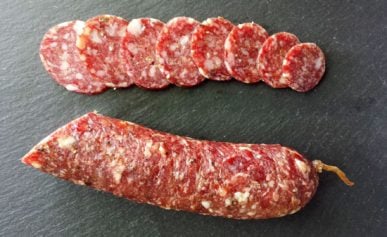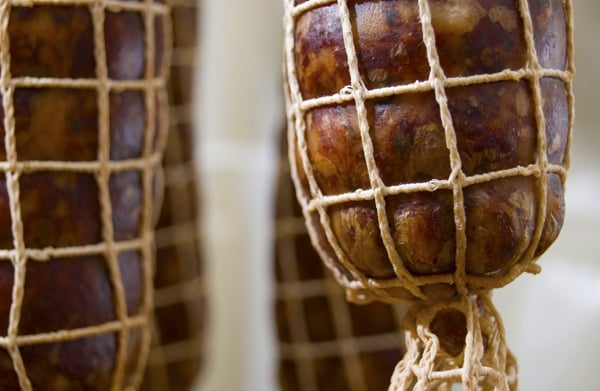
Find It Fast
About
I was initially hesitant to post salami recipes. These are the hard ones in the charcuterie craft. Salami is fermented sausage, and you must carefully control your humidity, salt levels, acidity and temperature for everything to come out OK. If you mess things up, you can get sick.
Salami, at its finest, is made of pork, salt, and time. Yes, there are all sorts of variations, many of them below. Pepperoni, for example, is a highly spiced salami — all pepperoni is salami, not all salami is pepperoni, capisce?
Salami is raw, salted and fermented pork. It is safe to eat because of the salt content and because the fermentation of the meat and fat drops the pH of the mixture low enough to kill any bad bacteria. That acidity is the tang you taste when you eat it.
You can make salami without pork, but it is rarely as good. This is because of the melting point of pork fat; only bear fat is similar, and that’s a rare thing. Beef fat and lamb fat can get chalky and overly dense in salami, while duck and goose fat is too unsaturated to make good salami.
When you are ready, start with these simple salami recipes, which can also be done with regular domestic pork.
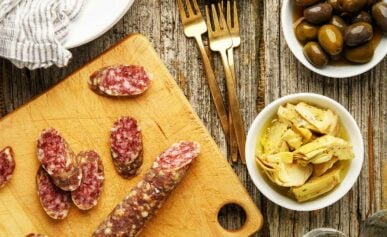
Spanish Fuet Sausage
Spanish fuet is a long, thin, dry-cured salami-style sausage that is lightly seasoned with garlic, white pepper and white wine. It’s a good project for someone new to dry curing sausage because it doesn’t require extended hanging time.
Read More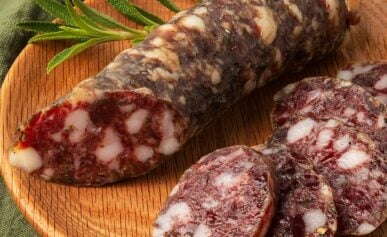
Venison Salami
This recipe is geared toward venison but will work with most meats. It’s also a great way to turn a sausage recipe into a salami recipe.
Read More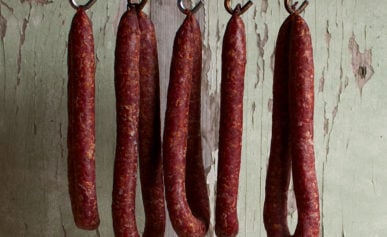
Kabanos, the World’s Greatest Slim Jim
Consider this the world’s greatest Slim Jim. A narrow, smoked and slightly cured Polish meat stick that is awesome eaten on the go.
Read More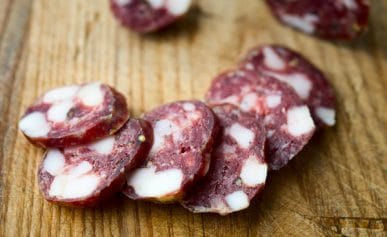
Basic Pork or Wild Boar Salami
This is my master recipe for a very classic salami flavored only with salt, pepper and garlic. If you are ready to do a real salami, start with this recipe.
Read More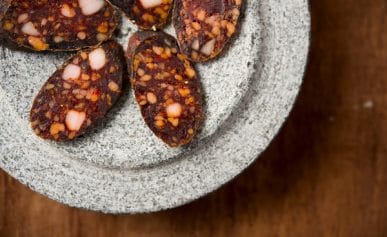
Hungarian Paprika Salami
A Hungarian salami made with lots of paprika and garlic. This is normally done with pork and beef, but I’ve used duck and venison and they both work fine.
Read More
Italian Cacciatore Salami
This is an Italian hunter’s style salami done in hog casings, which are narrower than the typical beef casings you see on most salami. That makes it easier to cure, and allows you to carry it with you when you are in the field.
Read More
Venison Landjaeger
A German version of the same hunter’s sausage, this one is smoked and dried. I make it with venison, but pork and beef will work, too. I make these to take hunting or fishing a lot.
Read More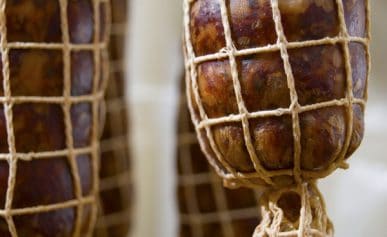
Wild Boar Salami
This is a more traditional salami made in a beef casing. It is made with all California ingredients, down to the wild boar I shot to make it. But don’t let that deter you: Some version of all the ingredients is readily available wherever you live.
Read More